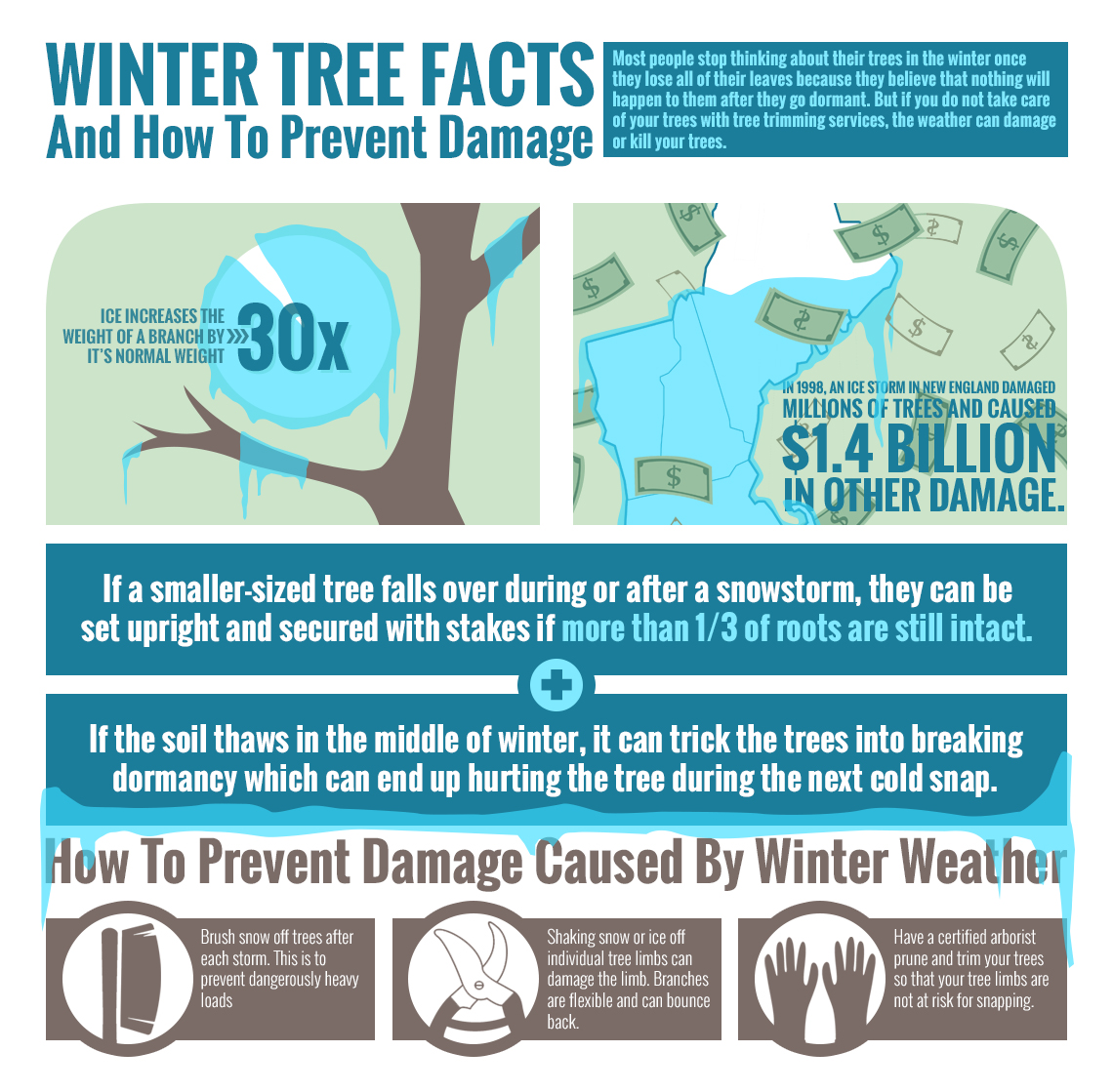Post-Tree Elimination Care Plays A Considerable Role In Landscape Repair; Explore Crucial Steps To Enhance Your Surroundings And Minimize Future Problems
Post-Tree Elimination Care Plays A Considerable Role In Landscape Repair; Explore Crucial Steps To Enhance Your Surroundings And Minimize Future Problems
Blog Article
Authored By-Powell Mejia
After a tree's removal, your landscape may look rather various, and it's necessary to examine the consequences meticulously. You'll wish to examine the dirt disruption and examine bordering plants for any signs of stress and anxiety. Disregarding these variables can lead to bigger problems down the line. So, what should you do with those stumps and roots? And just how do you pick the most effective plants for your rejuvenated space? Allow's check out these vital actions.
Assessing the Results: Reviewing Your Landscape
After a tree removal, it's important to evaluate your landscape to comprehend the influence it carries your yard.
Start by analyzing the area where the tree stood. Seek signs of dirt disturbance, and check the surrounding plants for any kind of tension or damage.
You must additionally take note of how the removal has actually changed sunlight direct exposure and air flow in your garden. This change can impact the growth of close-by plants, so it's important to review their wellness.
Think about the aesthetic aspects too; the elimination could produce an open space that you can revamp.
Lastly, think of any potential erosion problems that might develop from the tree's lack. Dealing with these factors early will help restore equilibrium to your landscape.
Dealing With Stumps and Roots: Alternatives for Elimination
As soon as you have actually evaluated the results of the tree elimination, you'll likely require to deal with the stump and roots left.
You have a couple of options for elimination. One efficient method is stump grinding, where an expert utilizes a device to grind the stump to underground level. This approach leaves marginal disruption to your landscape.
If you favor a do it yourself method, you can use a combination of excavating and chemical stump eliminators. Simply bear in How To Prune An Apple Tree , this process can take time and initiative.
Conversely, think about leaving the stump as a natural function, which can serve as a special yard element or environment for wildlife.
Whatever you choose, resolving the stump and roots is necessary for recovering your landscape.
Picking the Right Plants for Your New Space
As you evaluate your recently removed space, choosing the right plants can considerably enhance your landscape's charm and performance.
Beginning by thinking about the sunshine and soil conditions. For bright areas, choose drought-resistant plants like lavender or succulents. In shaded places, ferns and hostas thrive well.
Think about the dimension and development routines of your plants; mix perennials and annuals for seasonal variety. Don't forget to integrate native species; they require less upkeep and support regional wildlife.
Group plants in weird numbers for a much more all-natural look and develop layers for aesthetic depth.
Lastly, guarantee you have a mix of shades and textures to keep your landscape vivid throughout the periods.
Satisfied planting!
Final thought
In conclusion, restoring your landscape after tree elimination is a gratifying process. By examining the consequences, resolving stumps and roots, and choosing the right plants, you'll produce a growing atmosphere. Do not neglect to integrate erosion control procedures to safeguard your dirt. With why not try this out and care, you can change your room into a dynamic garden that improves your residential property. Embrace the opportunity to renew your landscape and take pleasure in the charm of nature right in your yard!
